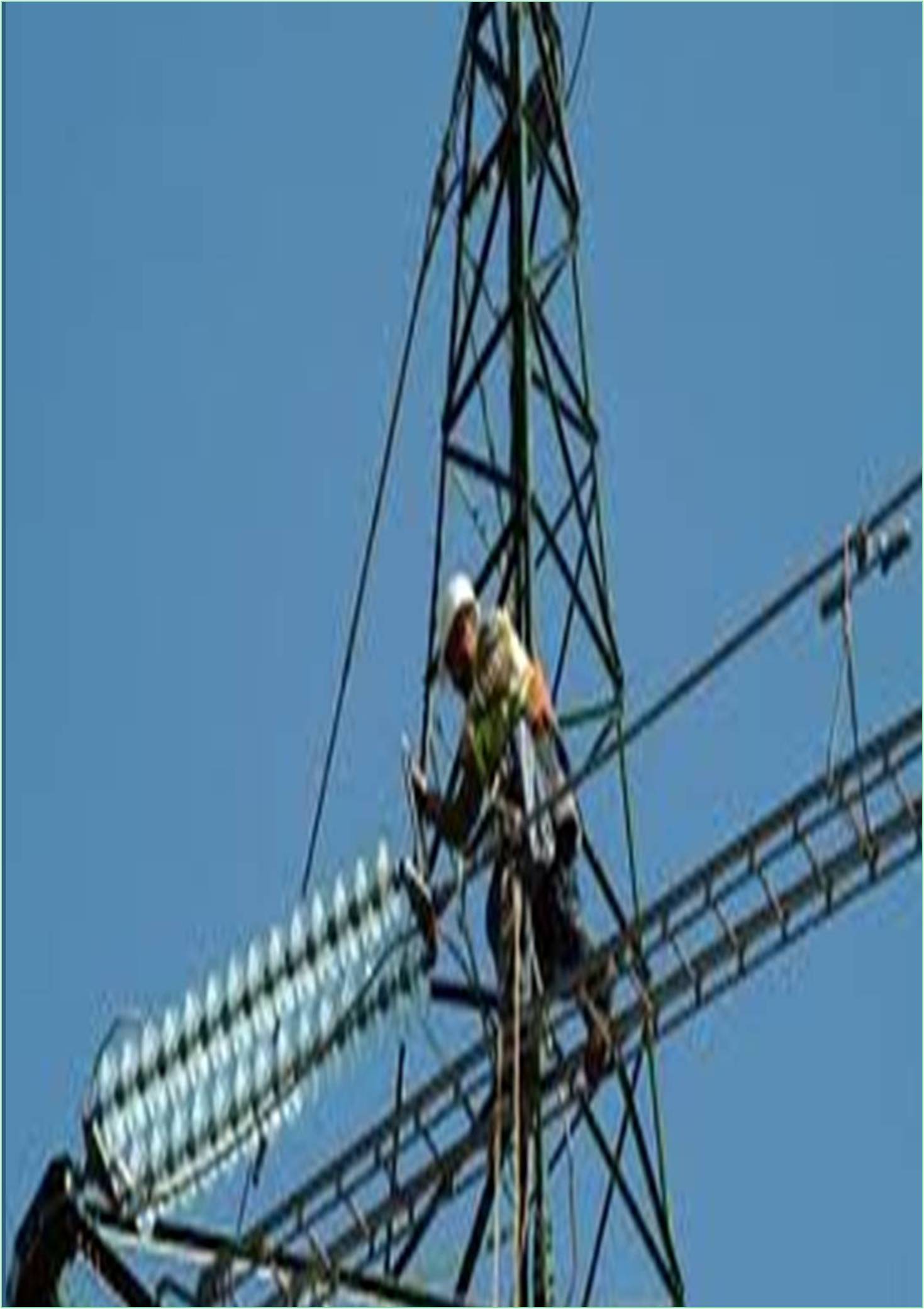



Received: 01-Jul-2022, Manuscript No. GJEEE-22-73965 ; Editor assigned: 04-Jul-2022, Pre QC No. GJEEE-22-73965 (PQ); Reviewed: 21-Jul-2022, QC No. GJEEE-22-73965 ; Revised: 29-Jul-2022, Manuscript No. GJEEE-22-73965 (R); Published: 05-Aug-2022, DOI: 10.15651/GJEEE.22.1.007
The goal of the reorganization of the power industry is to break up monopolies in the production and trade sectors, creating competition at various levels wherever this is feasible. The supply of generated power to electricity dealers/distributors or wholesale users may be covered via contracts with generating companies. Additionally, they have the option of selling electricity in a pool that includes both electricity suppliers and consumers. Trading in electricity will be liberated from established regulations and open to competition as a result. Deregulation is the process of reorganizing the current laws and ordinances to create a competitive power market.
Deregulation is a reworking of the rules and economic incentives that governing authority sets up to regulate and drive the electric power business, claim Phillipson and Willis. The Indian Electricity Act of 2003 encouraged participation from private enterprises and resulted in the development of a new generation system. To transmit electricity from generation to load, sellers (power producers) and purchasers (customers/dealers) must share a single transmission line. The connected system naturally follows the monopoly to prevent system duplication. Generators are rescheduled in monopolistic networks to decrease costs, cut transmission and distribution losses, and create a safe and dependable system.
As all three were formerly viewed as a single entity, there was no rivalry in generation, transmission, or distribution, but in the deregulated system, all of these activities are distinct from one another. The power scheduling and load dispatching are governed by the contract with the generation and distribution firm. As a result, the deregulated system's power flow differs from that of the established environment. Even at the expense of the transmission limit, all businesses will strive to maximize their profits, and consumers will look for low sources of energy. This may result in transmission line overloading and system congestion. This could push the system's voltage, temperature, and stability limits, which would make it less secure. The open-access market is where the commerce in electricity is fair and free.
As a result, a System Operator (SO) or grid operator is required to oversee the system's security and dependability. The SO oversees the transmission system transactions, ensuring that all market participants have unrestricted access. Knowing the condition of the system's available power transfer capacity is important to move power down a shared transmission line. The system's Available Transfer Capability (ATC) limits can be exceeded without causing damage. The restructuring of the electric power system brings about a number of new problems and difficulties, but on the other hand, many current participants have expanded the scope of their operations in order to obtain an edge. Competition among Generation Companies (GENCOs), Distribution Companies (DISCOMs), and transmission companies have increased as a result of the restructuring of the Electricity Supply Industry (ESI).
The available generation to the most economical generation is all options for buyers. Customers' choose to purchase electricity at the lowest possible price may cause network congestion. Restructuring is disassembling the existing framework and reassembling it into a new framework in order to increase effectiveness, performance, and dependability. Deregulation is the reorganization of governmental rules and regulations with the goal of fostering market competition. Giving the power firms fair and equal chances to compete is the goal of deregulation. The rivalry will aid in the advancement of technology, increased effectiveness, and increased consumer happiness. Other advantages of deregulation include affordable, reliable electricity, good service, and low prices.